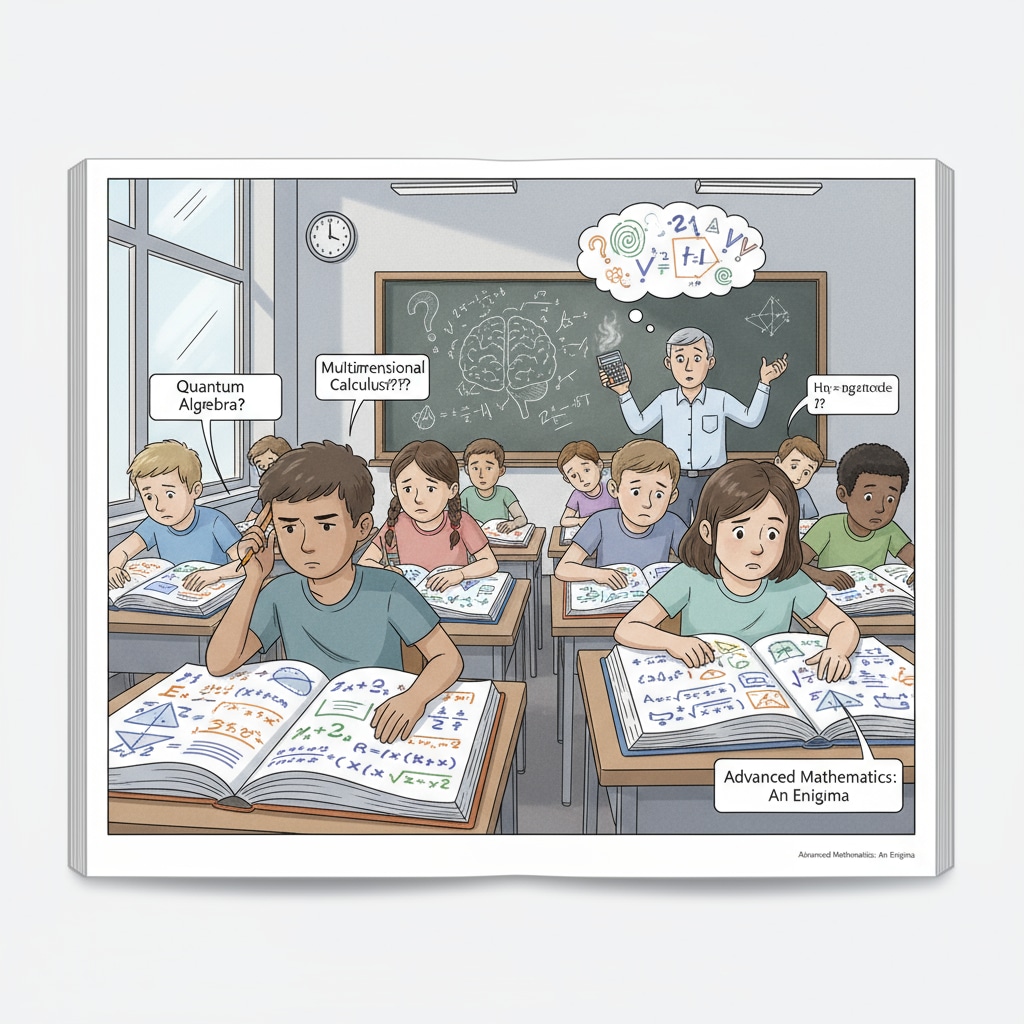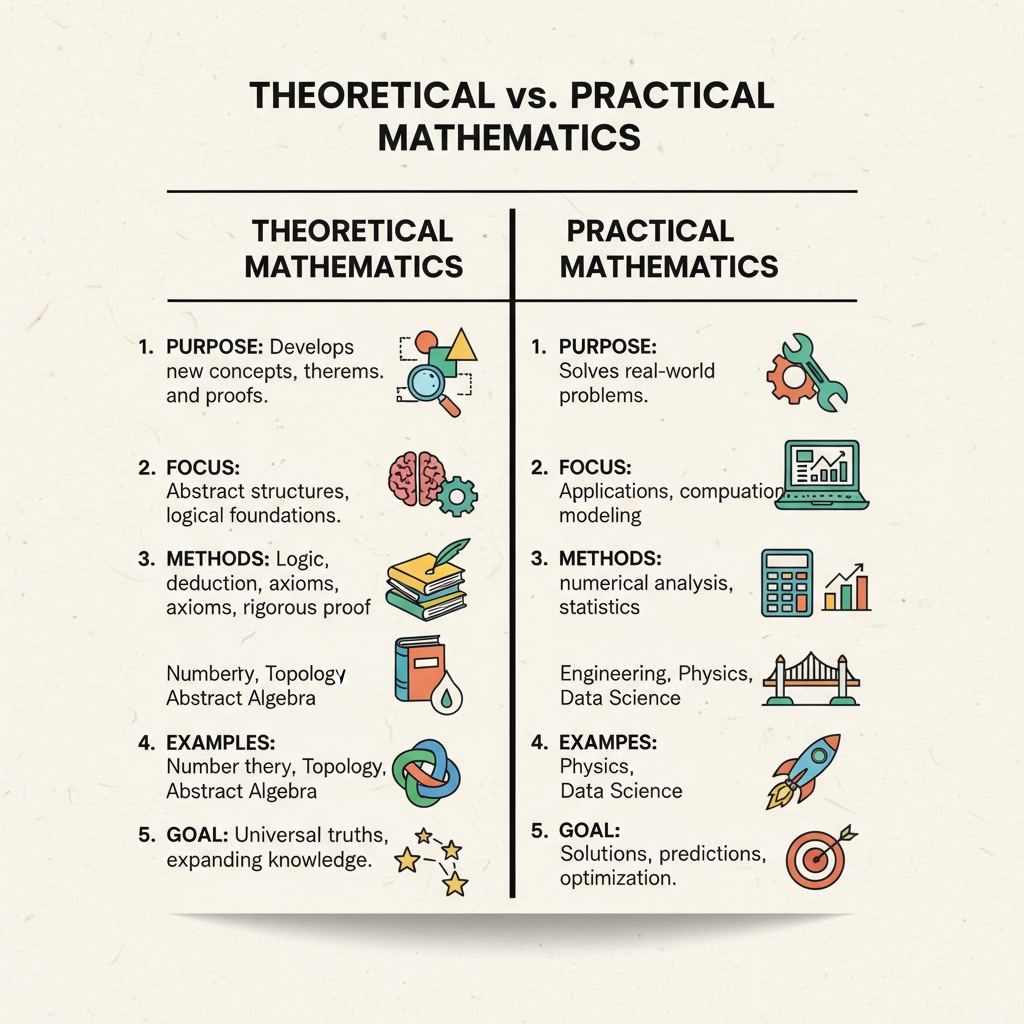Mathematics education, practicality, and advanced mathematics are topics that often spark intense debate. In the realm of K12 education, the question of whether advanced mathematics is a mere ornament or a necessary foundation has been a hot topic among educators, students, and parents alike.
The Perceived Disconnect
Many students and adults alike often question the practicality of advanced mathematics in their daily lives. After all, how often does one need to solve complex integrals or prove geometric theorems outside of an academic setting? Mathematics education on Wikipedia shows that a significant portion of the advanced math curriculum seems to have little direct application in day-to-day activities. For example, when grocery shopping, balancing a checkbook, or planning a home renovation, basic arithmetic and some elementary algebra usually suffice.

Theoretical vs. Practical Mathematics
Advanced mathematics, with its complex theories and abstract concepts, is often seen as a far cry from the practical math needed in real life. Theoretical mathematics focuses on building a deep understanding of mathematical principles and structures. However, practical mathematics is more about applying math to solve real-world problems. Mathematics on Britannica highlights this dichotomy. While theoretical math is crucial for academic research and certain specialized fields, it may not be as relevant for the average person going about their daily routine.

Despite the perceived lack of practicality, advanced mathematics does play an important role in K12 education. It helps develop critical thinking, logical reasoning, and problem-solving skills. These skills are transferable and can be useful in various aspects of life, even if the specific math concepts are not directly applied. Therefore, rather than dismissing advanced mathematics completely, there should be a reevaluation of how it is taught and integrated into the curriculum to better bridge the gap between theory and practice.
Readability guidance: Short paragraphs and lists are used to summarize key points. Each H2 section has a list or clear explanation. Passive voice and long sentences are controlled. Transition words like “however”, “therefore”, and “for example” are added throughout the text.


